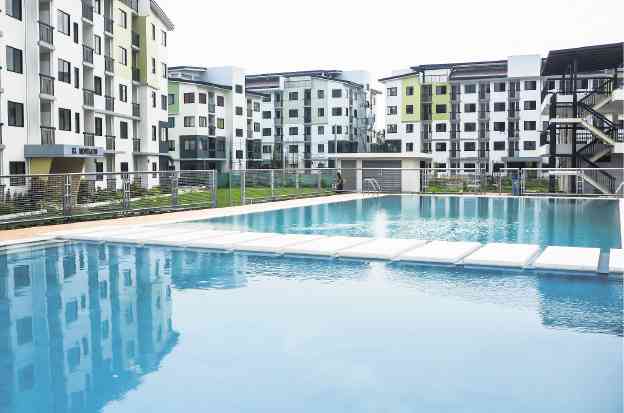
The presence of business process outsourcing companies (BPOs) in one location creates a sustainable and multi-fold contribution to local economy.
Who would have thought that Lipa City would be a destination of choice for both property developers and homebuyers?
While regarded as the recreational, religious, and educational center of the Batangas province, Lipa City then seldom piqued investor interest.
That was until the city, located 78 kilometers south of Manila, was first included on the 2009 list of ‘Next Wave Cities’ by the IT Business Process Association of the Philippines—a distinction that was repeated in 2012 and 2016.
“This development soon supported the rapid growth of real estate and retail sectors in the city as evidenced by the presence of some of the country’s largest shopping malls,” said Romarico Alvarez, chair of PA Properties, a 22-year-old Laguna-based firm developing a 12.8-hectare community at Antipolo del Norte in Lipa City.
NWC list
The NWC list is prepared annually by the Department of Science and Technology-Information and Communications Technology Office, the IBPAP, and Leechiu Property Consultants.
Alvarez noted that such a list validated the decision of some property developers, who have bee scouting for potential sites for their future residential or mixed-use community projects outside Metro Manila.
Furthermore, the presence of business process outsourcing companies (BPOs) in one location creates a sustainable and multi-fold contribution to local economy. This presence is expected to not only drive a balanced regional development, but also empower the country’s diverse human resources, creating an innovation platform and most importantly, put that area on the national map.
Aside from Lipa City, other cities included on the NWC list are Baguio, Cagayan De Oro, Dagupan, Dasmarinas, Dumaguete, Malolos, Naga, Sta. Rosa City, and the municipality of Taytay in Rizal.
New urban growth zones
“Shifting our sights away from established markets to new urban-growth zones can be challenging. However, property developers that adopt a strategic approach may gain early-mover benefits,” Alvarez said.
He related that after establishing a firm foothold in the provinces of Laguna (setting up projects like St. Joseph Richfield, San Jose Residencias, and St. Joseph Homes Calamba) and Cavite, the company is now setting up into several locations in Luzon including San Jose del Monte in Bulacan (NuVista San Jose), San Fernando in Pampanga (Bridgepointe Place), Caloocan City (The North Grove), and Ortigas in Pasig City (East Residences Ortigas).
Alvarez believes that as the IT-business process management industry enjoys a sustained growth in several emerging cities of the country, property developers will also be moving in to these locations where there could be great potential.
“While Metro Manila has always been the country’s center of development, the process of decentralization has already begun as some of the top outsourcing companies are in various emerging cities taking advantage of young labor force, low cost of labor, notable customer service, low rental rate, and high yield rate,” he said,
Revenues from the IT-BPM industry is expected to expand by up to 16 percent to around $24 billion (about P116 billion) this year.
Moreover, the country expects to earn more than $51 billion (P247 billion) this year from the sustained inflow of remittances from overseas Filipino workers. These are the people who will fuel the growth of the country’s housing industry.
“This is the market we need to continuously attract,” Alvarez added.
Financial and life goals
The chair of PA Properties was well aware that as the income of the families improve, ably supported by these industries, purchasing a house will become one of their most important financial and life goals.
“The value of a house an individual can afford is directly related to one’s income and financial assets. A significant portion of income gets diverted to repayment of a housing loan and a major part of financial assets may need to be liquidated towards buying a house as well. Our role then is to give them several options,” Alvarez said.
He also noted the emergence of several socioeconomic classes that possess their own set of needs and wants—those preferring smaller and more compact living spaces and those that opt for a more integrated community where most needs can be had within a short distance from the house.
“This is unprecedented in the history of the local real estate industry and this is due to the development triggered by the boom in OFW money, tourism, and of course, the BPO industry,” Alvarez added.